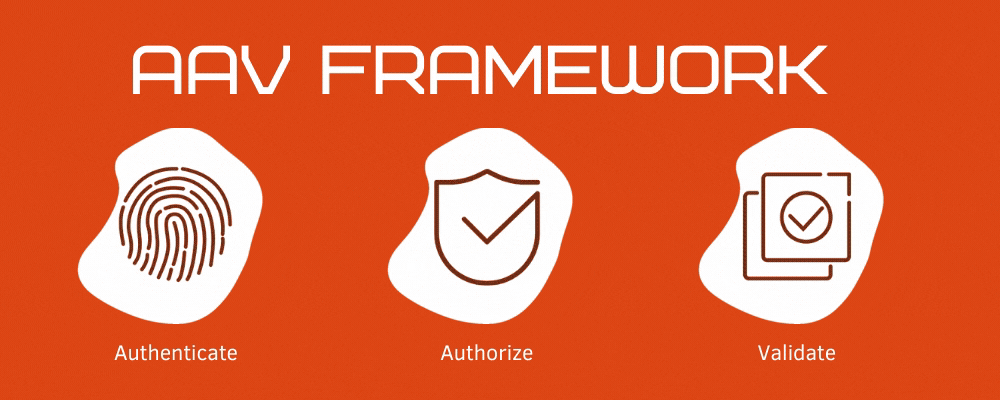Time Zone Licenses

If software licensing is to be competitive then it needs to be both affordable and flexible. This can be increasing difficult for software vendors to achieve as it usually means reducing the price, or enabling the user to do more with the license for the same cost. The issue here is that there is only a certain amount of flexibility and price fluctuation that can be built into a licensing model whilst still remaining profitable. The other major issue with complex and flexible licensing models is that they are harder to sell than traditional licensing models - because they are harder to explain and take up more of both the sellers and customers time, which in turn reduces productivity and profit.
The challenge then is to find a licensing model that is easy to explain, to implement and to sell. A model that works for both vendor and consumer. Time zone licenses may well provide the answer. A flexible, easy to understand licensing model.
The more traditional models of licensing are structured around usage; specifically, the number of concurrent devices or users that specific license grants access for. This works up to a point, but it does not always suit the needs of the user whilst remaining profitable for the developer. In this situation, it is necessary to think outside the box and look at the other usage factors that could be used to determine the licensing limitations.
One of these factors is geographic location, determined by time zone. Every computer, server or mobile device has at the center of it the local time zone information. This makes it the ideal metric to use for software licensing. It is also a relatively easy metric to build into pre-existing software due to its frequent use with much of the core operations of most operating systems.
There are several benefits to this licensing model for vendors. Firstly it is easy to implement, they can be built into existing software and doesn’t require extensive planning or coding. Secondly and more importantly it is easy to understand - which makes it easy to explain and easy to sell to customers.
It is also possible to combine time zone licenses with other, more traditional, licensing models. For example; you can have a time-zone license that allows for unlimited installations, with five concurrent users in the GMT timezone. This would enable a company that was based in the UK, or which operated on Greenwich Mean Time to install the software on all of their thick client machines (unlimited) but where they would only have a maximum of five users accessing the software at any one time.
Another example of how we could use time zone licenses is if a company is small, but has offices in different time zones. They want to save money by having a multi-user license rather than individual licenses. However as a vendor, you want to get the most money for your product. In this situation, you could offer a combination of time zone licenses - where the company has one for each geographical location, but they are not limited by the number of installations or users.
Image Credits: © Sonja Langford - unsplash.com



